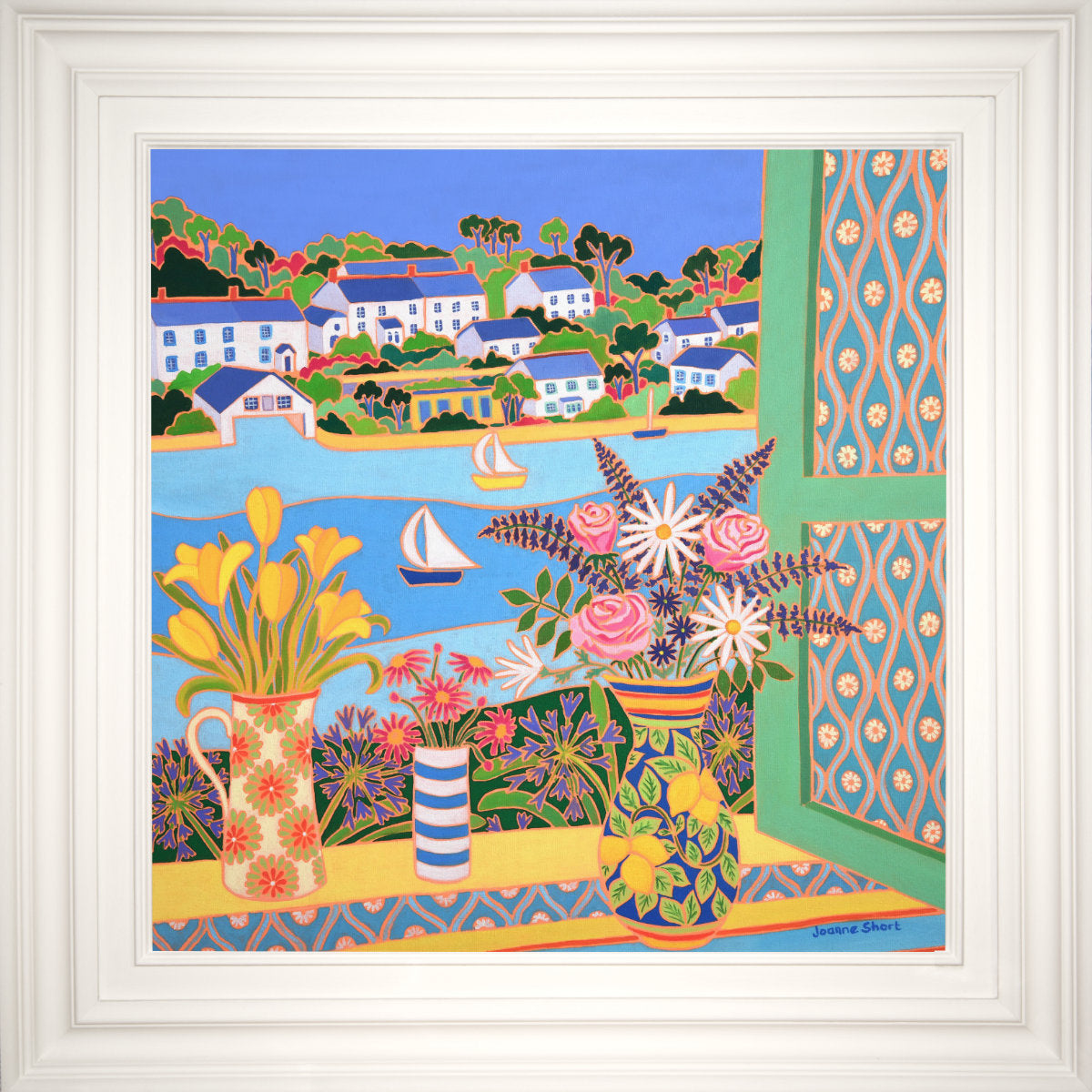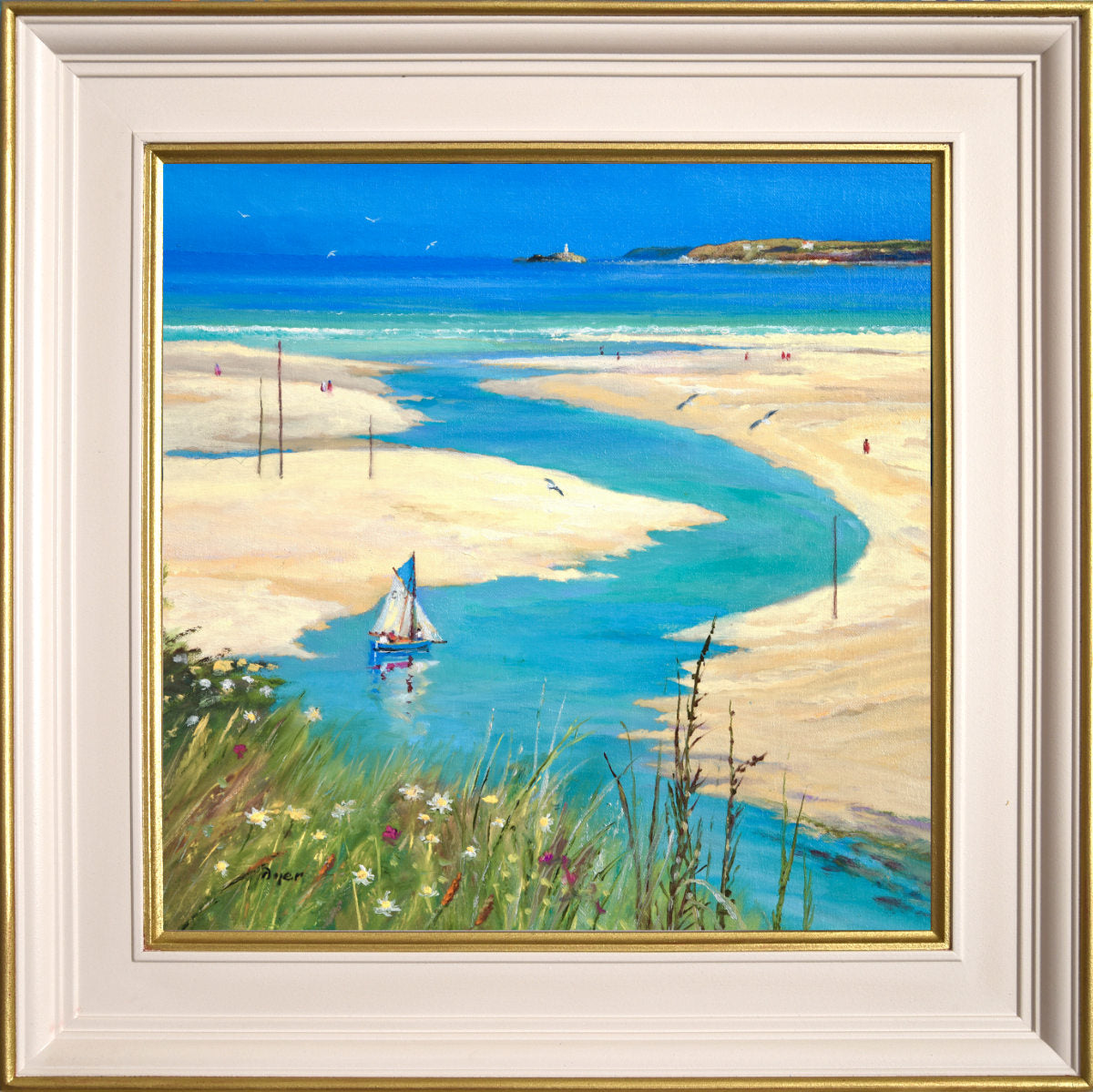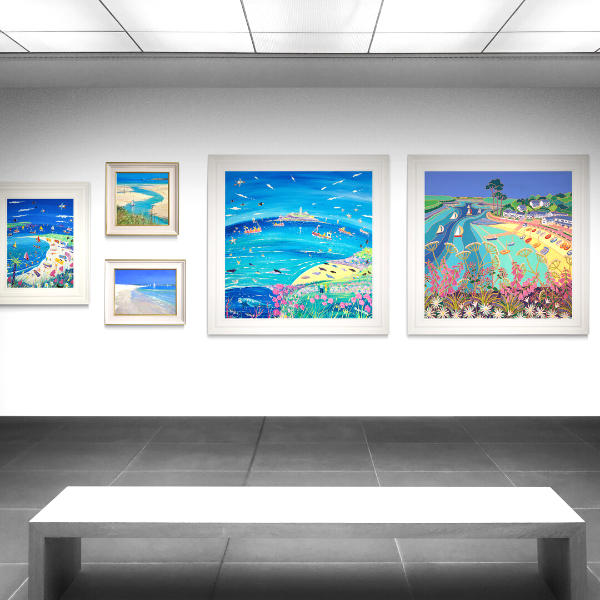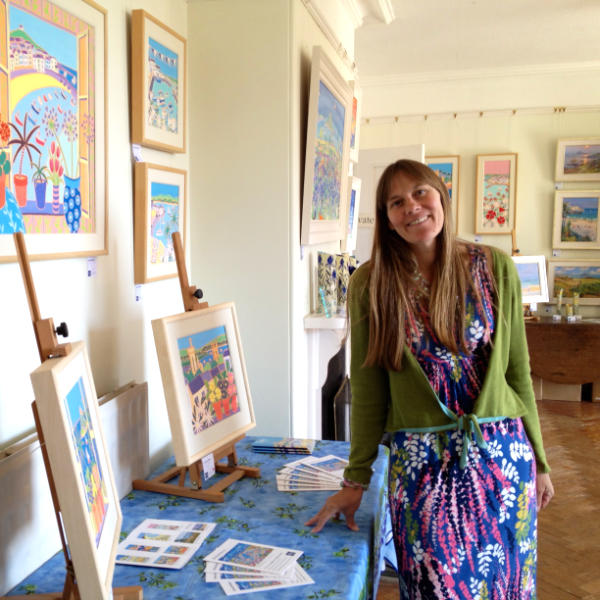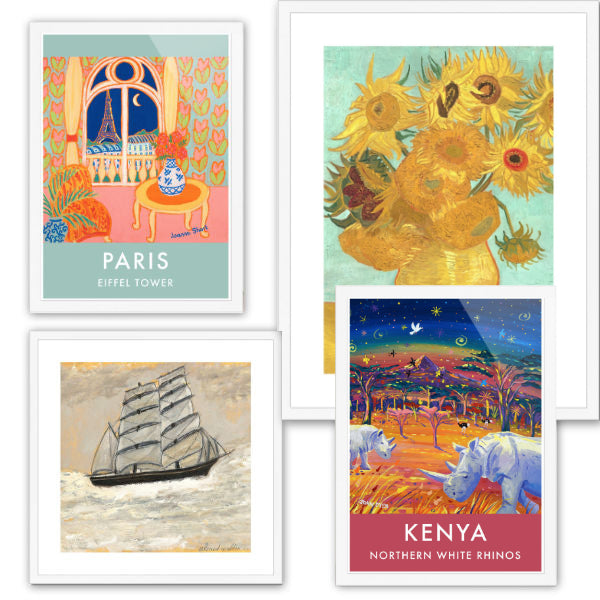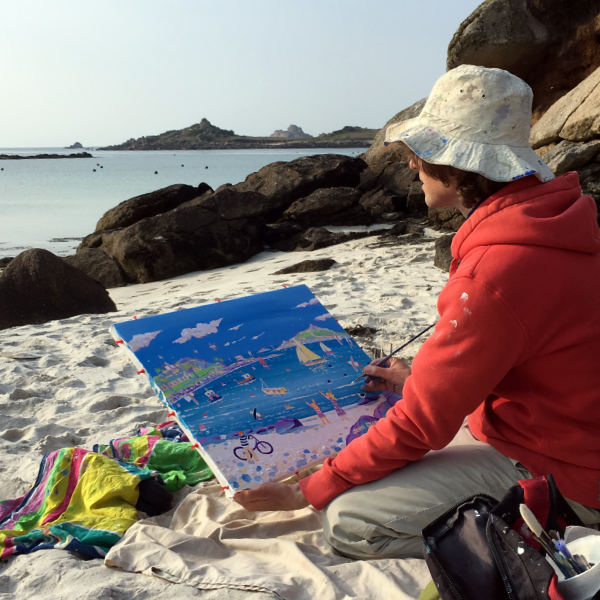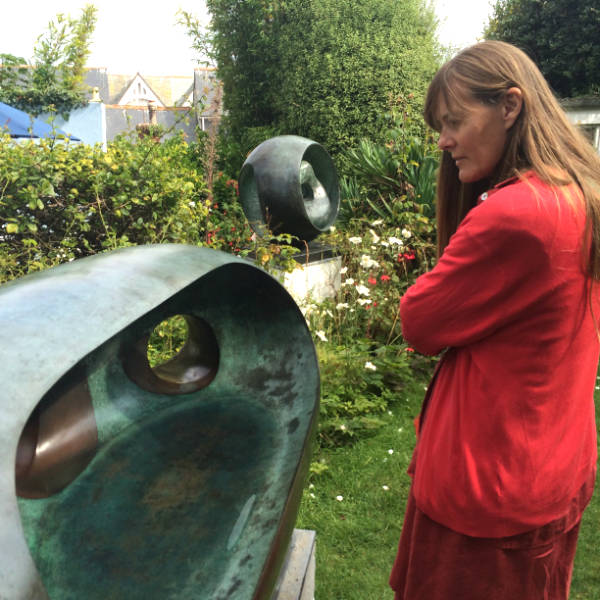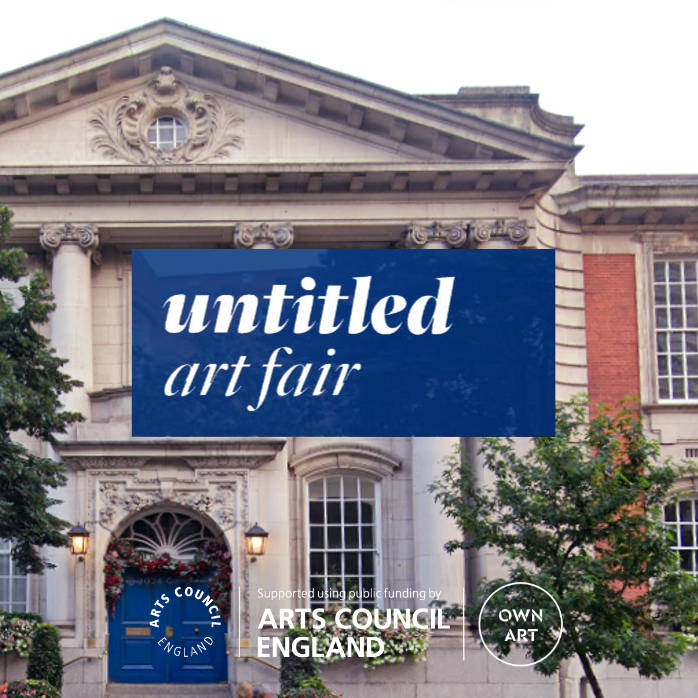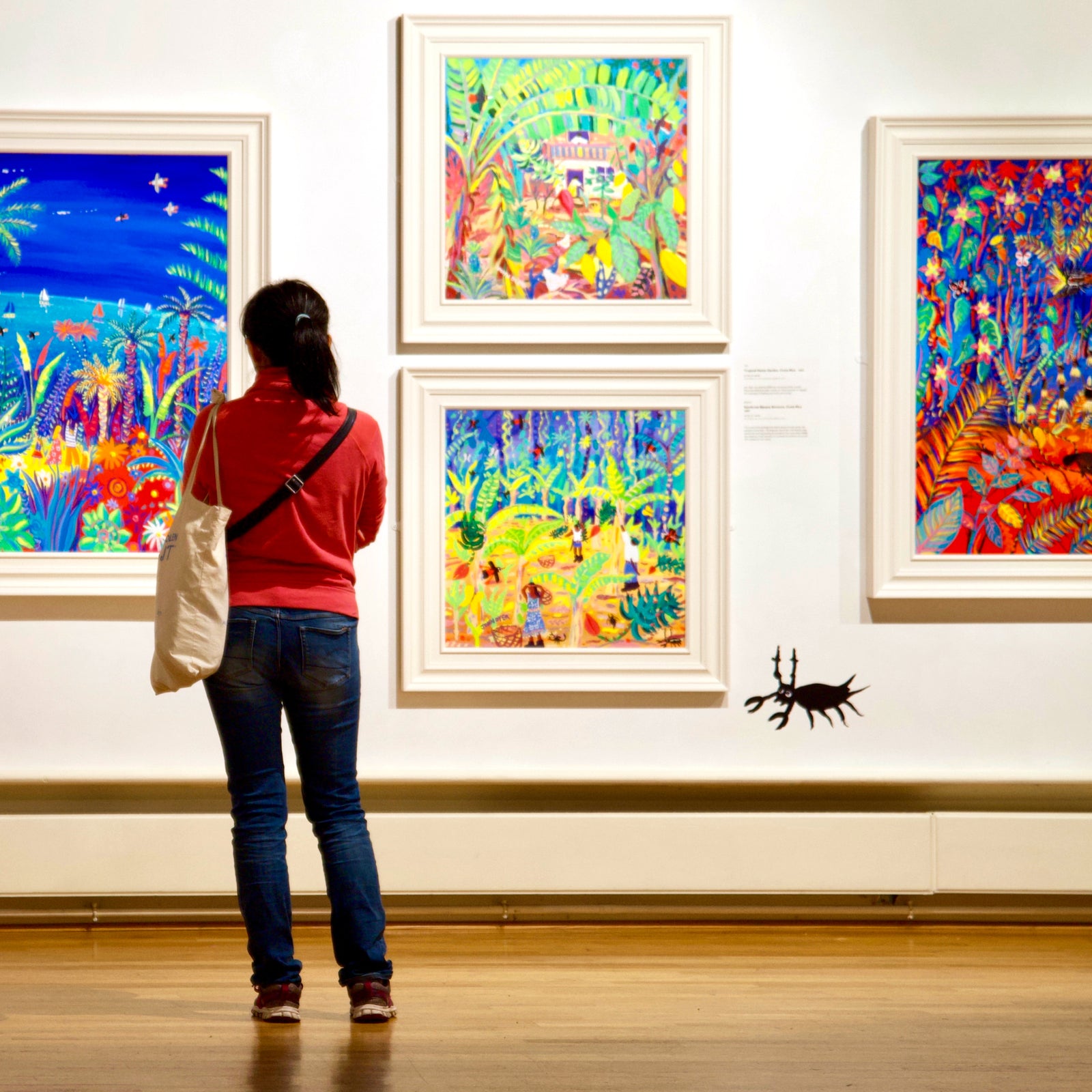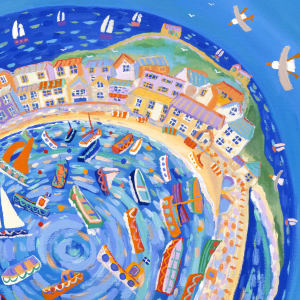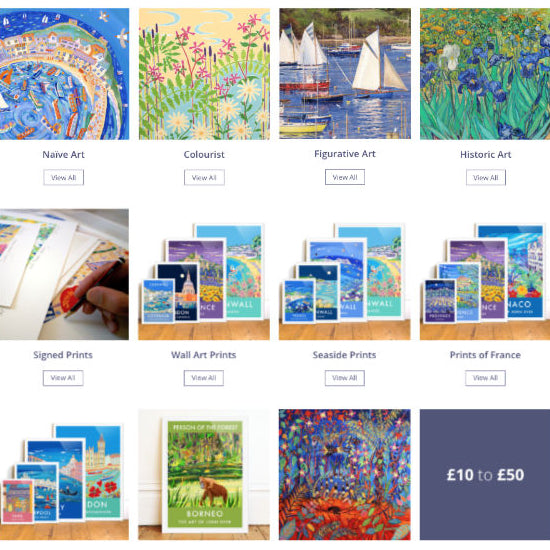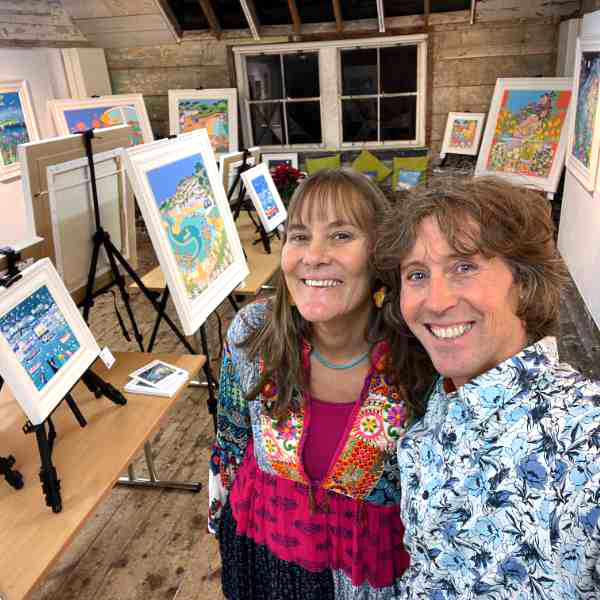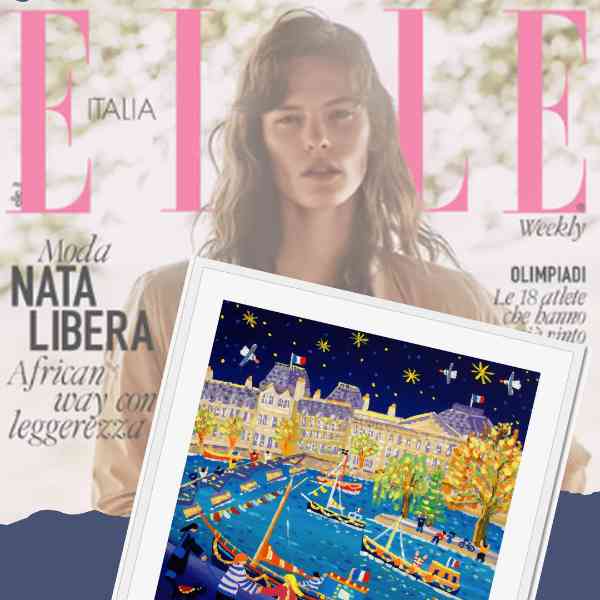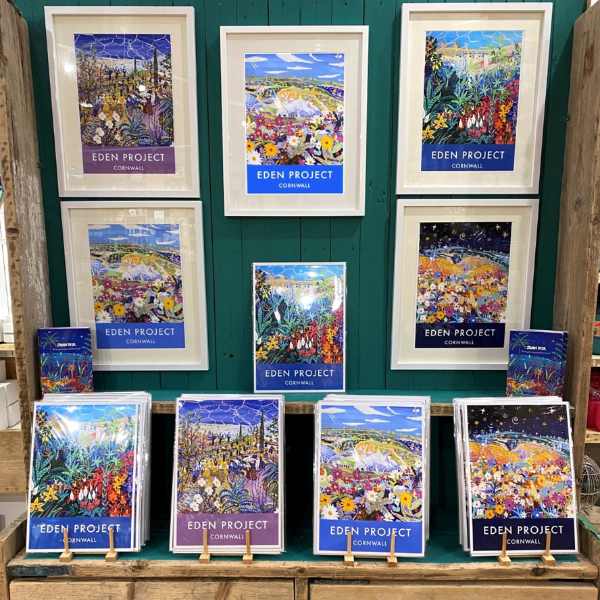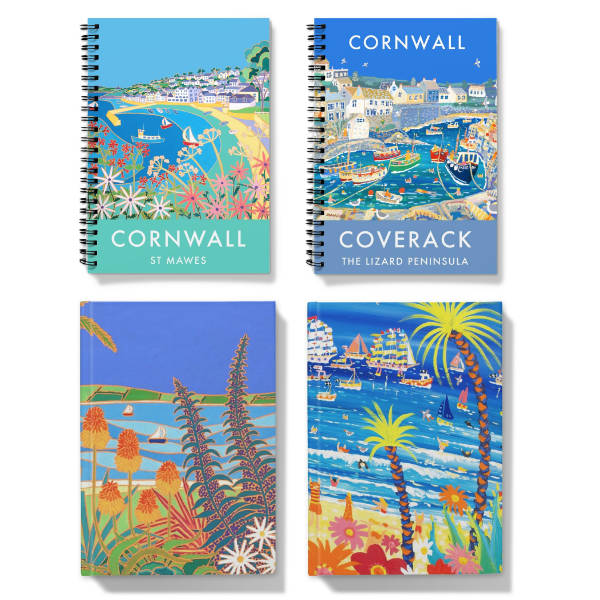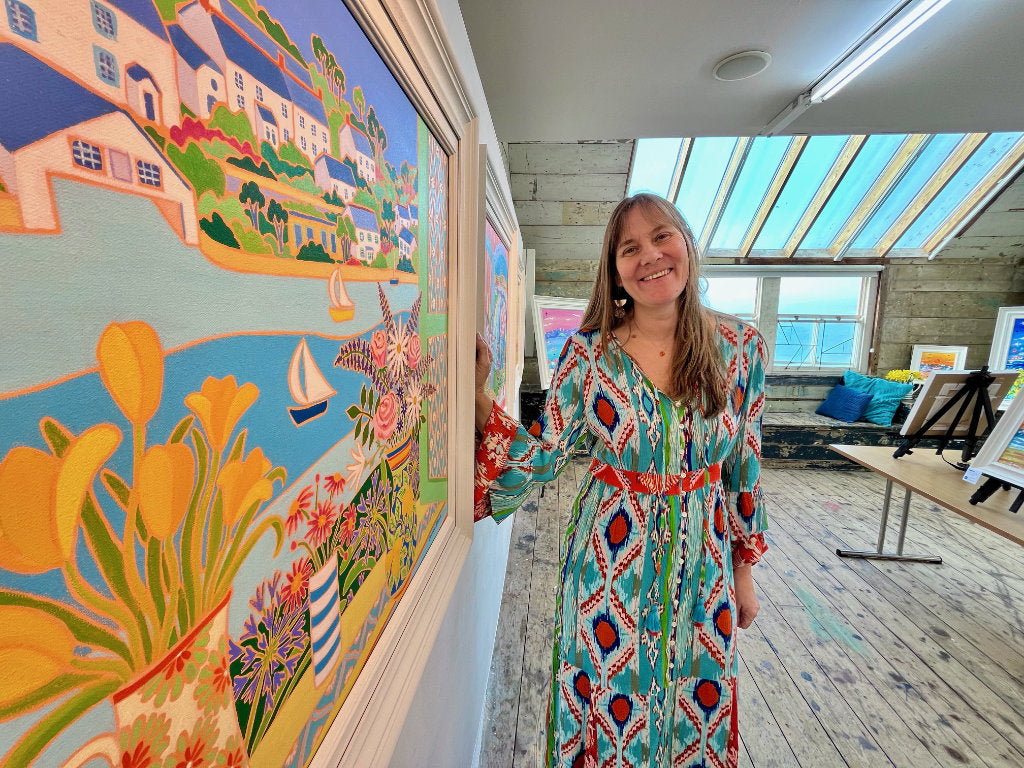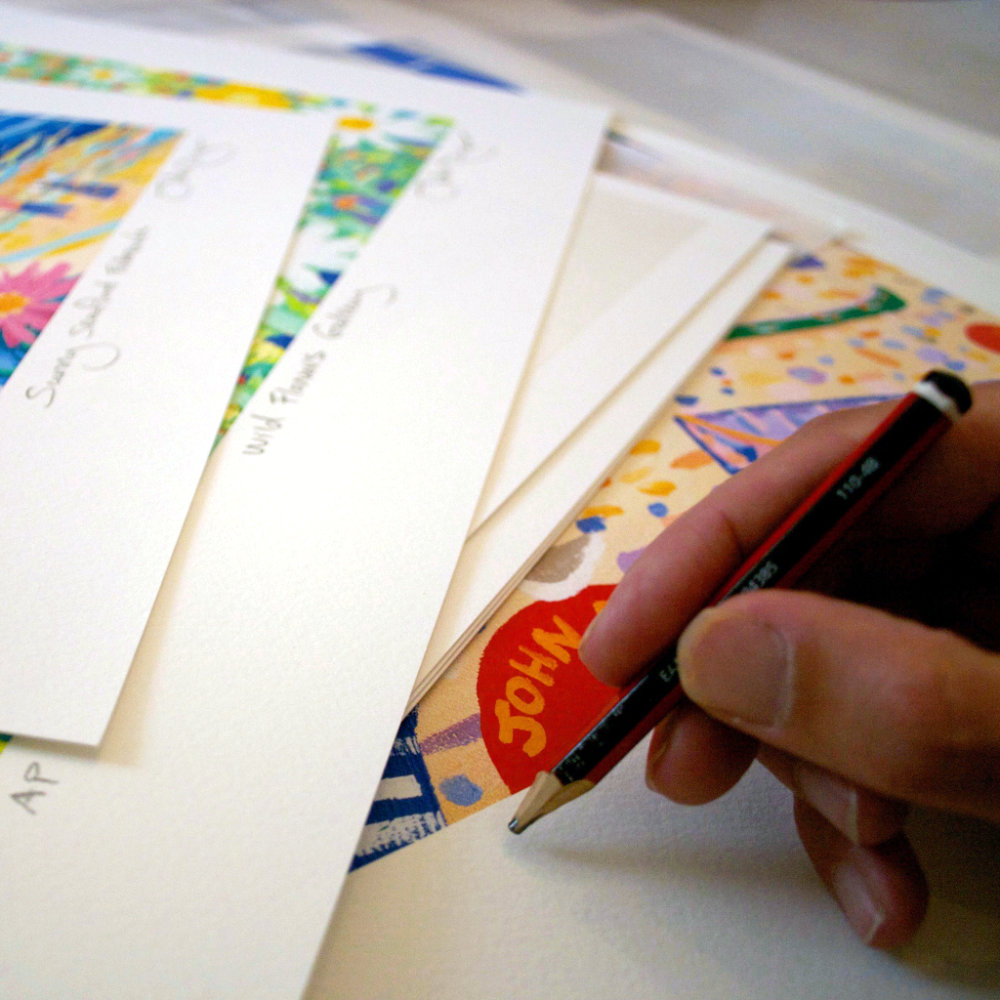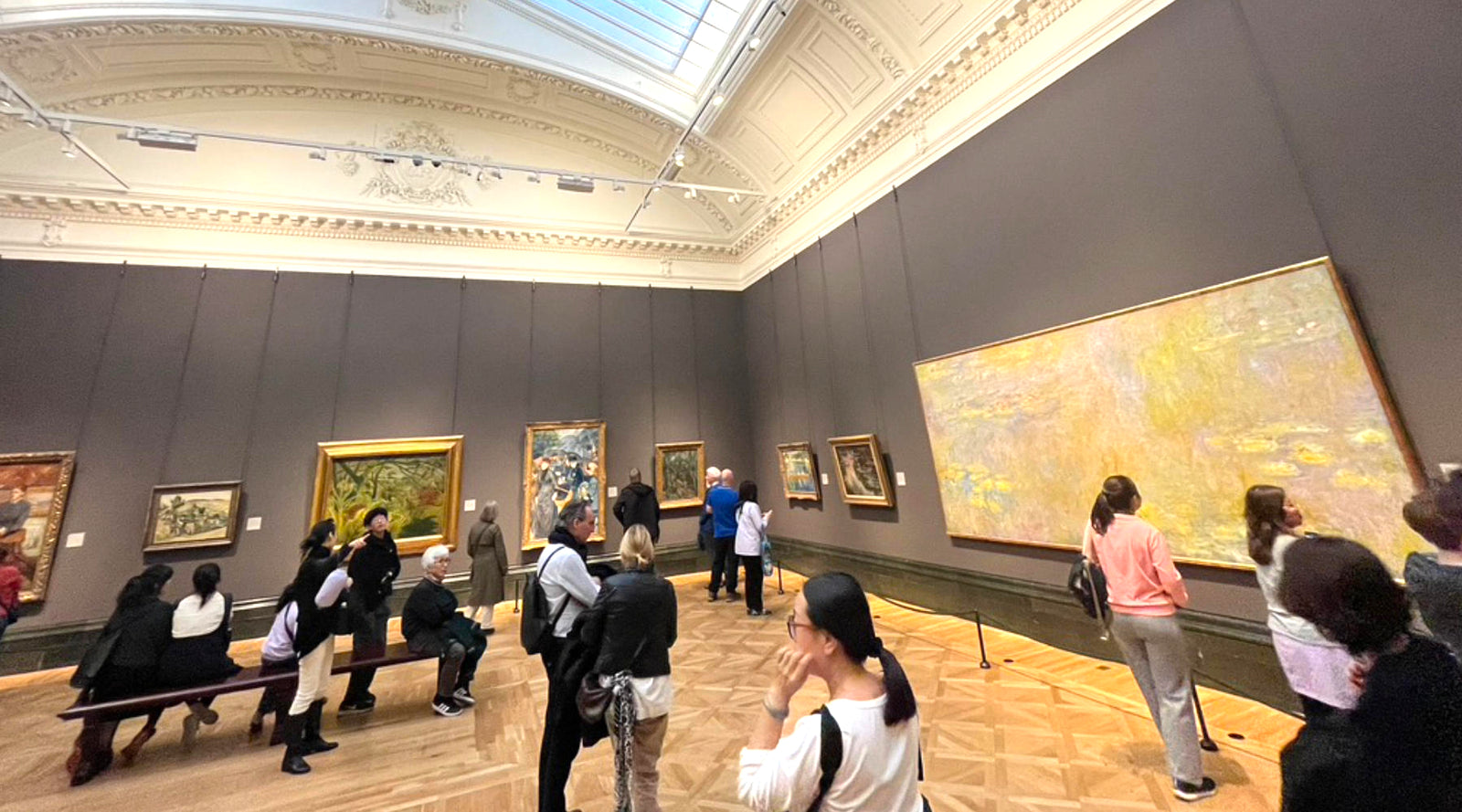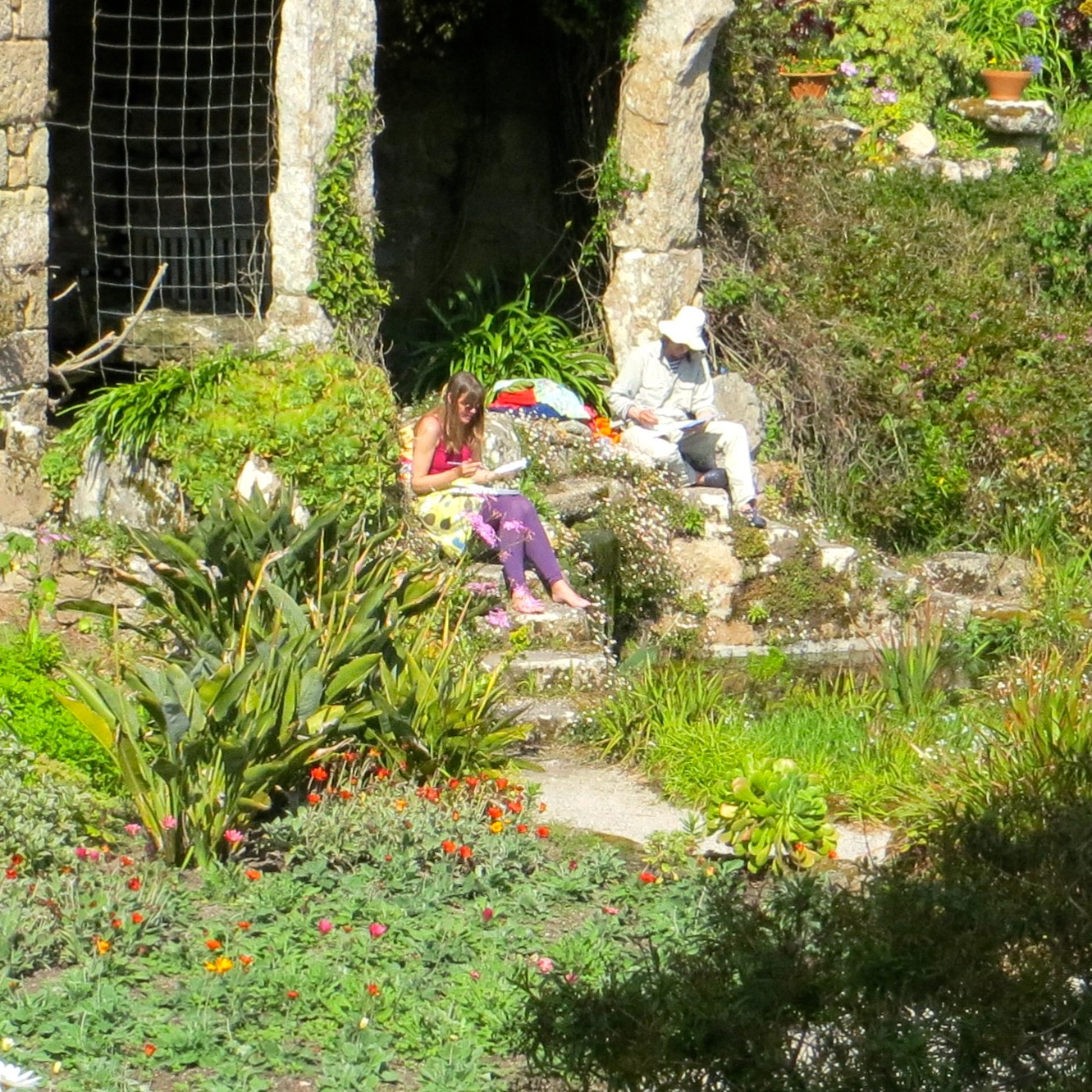
Above: Detail of 'Nude on the Rocks' by Henry Scott Tuke.
Henry Scott Tuke, a seminal figure in British art, painted with a passion for maritime scenes and the male form, capturing a unique blend of light and life. His career, from 1870 to 1929, earned him a distinguished place in art history circles. This article unpacks Tuke’s journey, his compelling works, and the reasons his legacy endures, offering insights into the artist’s continued relevance today.
Buy Henry Scott Tuke Fine Art Prints Online
Above: The Bathing Cove by Henry Scott Tuke
Key Takeaways
-
Henry Scott Tuke (1858-1929) was an influential painter known for his mastery in capturing the interplay of light on water and the beauty of the male form, drawing from his family’s philanthropic legacy and his Quaker upbringing.
-
Tuke’s artistic vision was shaped by his time at the Slade School of Art and his association with the Newlyn School of painters, reflected in over 1,300 works that celebrate maritime life and classical male beauty.
-
Despite personal challenges in later life, Tuke’s legacy endures through continued interest and recognition, including his full membership at the Royal Academy and the acquisition of his pieces by collectors and institutions.
The Life and Times of Henry Scott Tuke
Henry Scott Tuke:
-
Henry Scott Tuke, (known as Harry to friends and family) was born on a summers day in York in 1858
-
His family moved from the historic streets of York to the coastal breezes of Falmouth the year after Henry was born in 1859
-
Tuke is celebrated for his artistry and contributions to a period of change and cultural enrichment
Tuke’s life, framed by the years 1858 to 1929, offers a window into a world where art was a dialogue between artist, subject, and society. It was during this time that Tuke decided to focus on capturing the essence of this dialogue in his work, influenced by the Tuke family’s ancestry.
Early Years and Family Background
Quaker faith and philanthropy are prominently woven into the tapestry of Tuke’s heritage. Born into the esteemed Tuke family, his father, Daniel Hack Tuke, was a vanguard in the realm of mental health, advocating for the compassionate care of those afflicted with mental illness. This legacy, rooted in the foundation of The Retreat at York, undoubtedly shaped young Henry’s outlook on life and his sensitivity to the human condition. Brother William Samuel Tuke, a prominent figure in the family’s history, also played a significant role in shaping this legacy, as did his relative, Daniel Tuke.

Above: Windjammers At Anchor In Carrick Roads (1906) by Henry Scott Tuke
The family’s move to Cornwall in 1859 marked a pivotal chapter in Henry’s development, as the seaside town of Falmouth offered a picturesque canvas that would inspire his lifelong fascination with the sea.
Artistic Education and Development
In 1874 Tuke moved to London to attend the Slade School of Art, as he honed his craft under the tutelage of renowned artists Alphonse Legros and Sir Edward Poynter. After his studies in London he loved and worked in Paris for a while where he met the American artist John Singer Sargent.
Above: Going Ashore for the Skipper by Scott Tuke
His artistic journey led him to the quaint fishing village of Newlyn in 1883, located near Lawrence Street, where he became part of a burgeoning colony of painters committed to capturing life’s unvarnished beauty, including Walter Langley and Thomas Cooper Gotch. Amidst the camaraderie of the Newlyn School, Tuke’s impressionistic flair blossomed. His unique approach to light and colour distinguished him, forging his distinctive artistic identity.
The Maritime Influence: Sailing Ships and Seascapes

Above: Windjammers in Falmouth Harbour (1913) by Henry Scott Tuke
Tuke, resonating with the rhythmic ebb and flow of the Cornish tides, became an established maritime artist. His canvases vibrantly capture the dance of light upon water. His 1904 masterpieces of tall ships in Falmouth Harbour and the Carrick Roads exemplify his mastery in portraying the sea’s dynamic character and the elegance of sailing ships through the medium of oil on board.
With over 1,300 works to his name, Tuke’s portfolio is a treasure trove of maritime memories, inviting viewers at institutions like the Royal Cornwall Museum, the Falmouth art Gallery and Penlee House Museum to navigate through his visual chronicles of seafaring life. The Falmouth Poly were bequeathed what is thought to be the largest collection of Scott Tuke paintings. This collection of 280 pieces is at present housed at The Falmouth Art Gallery.
Tuke's Portraiture: Capturing the Human Form
Above: A Male Nude Reclining on the Rocks by Henry Scott Tuke
Tuke, a figurative painter, transcended azure horizons with his artistry, extending to the human form. He captured his subjects as he chose to paint en plein air, bathing them in natural light. His portraits, often of local boys engaged in the simplicity of daily activities, radiate with the freshness of the outdoors, reflecting the ephemeral beauty of youth under the soft caress of the English sun. Bathing in the nude was a common sight in those days and was something Scott Tuke began in his 20's and continued well into his later years.
Parisian Friends and Influences
Amidst the vibrant streets of Paris, Tuke discovered a cultural milieu that revered the male form, echoing the aesthetic principles of ancient Greece. Tuke’s art began to reflect the celebration of homosexual desire within the classical tradition, under the influence of the Uranian poets and writers, often depicting nude boys as a representation of this admiration.
The company of luminaries like Oscar Wilde and John Addington Symonds enriched Tuke’s artistic direction, infusing his work with a nuanced appreciation for male beauty and strength.
Prolific Periods and Major Works
Tuke’s works, as a prolific artist embody classical imagery of young men, evoking the sculpted figures from antiquity. ‘July Sun’, a tender portrayal of his favoured model Nicola Lucciani, is a poignant tribute that Tuke bestowed upon the Royal Academy following Lucciani’s untimely demise. Maria Tuke Sainsbury, his sister and also a notable figure in the art world, would surely appreciate the depth and beauty of Tuke’s work.

Above; Study for August Blue (1911) by Henry Scott Tuke
Works such as ‘The Bathers’ at Leeds Art Gallery and ‘August Blue’ at Tate, London, stand as monuments to Tuke’s prolific creativity, securing his place in the annals of art history.
Tuke's Legacy and Impact on the Art World
In the 1970s, a resurgence of interest in Tuke’s work signaled a renaissance for the artist. A new generation of gay artists and collectors resonated with his depictions of male beauty. The fascination with Tuke’s artistry crossed over into the realm of popular culture, with icons like Elton John adding his work to their private collections, affirming Tuke’s influence on contemporary tastes. In 2008 Elton John lent 11 of his Scott Tuke paintings to the Fine Art Society for an exhibition to celebrate the 150th year since his birth.

The competitive bidding for Tuke’s pieces at auctions and the lavish publications dedicated to his paintings are testaments to his undiminished appeal among art aficionados.
Royal Academy and Royal Cornwall Polytechnic Society
An artist of Tuke’s caliber was destined for recognition, and in 1914, the Royal Academy extended to him the honour of full membership, a crowning achievement for any artist of the era. Celebratory feasts, such as the one hosted by the Royal Cornwall Polytechnic Society, were befitting tributes to Tuke’s artistic achievements and his influence on the cultural landscape.
His association with these institutions amplified his reputation as an established artist and cemented his legacy in the collective memory of the art world.
Challenges and Personal Struggles
In the autumn of his years, Tuke suffered personal battles, with health issues casting a shadow on his capacity for artistic creation. The pages of his diaries, particularly from 1899 to 1905, offer a candid glimpse into the struggles that coloured his daily life and, by extension, his creative output.
Summary
Above: A Boy with an Oar by Henry Scott Tuke
Weaving through the rich tapestry of Henry Scott Tuke’s life and work, we have glimpsed the poignant interplay of light, form, and the elements. His legacy, enduring beyond the confines of his time, continues to inspire and captivate. As we reflect on Tuke’s artistic journey, it remains clear that his vision, so deeply rooted in the beauty of the natural and human worlds, still resonates with the beat of contemporary hearts.
Frequently Asked Questions
What makes Henry Scott Tuke's maritime paintings so distinctive?
Henry Scott Tuke's maritime paintings are distinctive due to their vibrant impressionistic style, deft handling of light and colour, and his ability to convey the sea's dynamic qualities with emotional depth. These elements make his work stand out.
Did Tuke's family background influence his art?
Yes, Tuke's Quaker family background influenced his art by shaping his values and sensitivity towards the human condition, as seen in his portraiture.
What kind of subjects did Tuke often paint?
Tuke often painted local boys in natural settings, capturing their everyday activities and emphasizing the beauty of the male form.
How was Tuke's artwork received during his lifetime and after?
Tuke's artwork was respected during his lifetime, with exhibitions at prestigious institutions, and experienced a revival in the 1970s, gaining admiration from a new generation of artists and collectors.
What challenges did Tuke face towards the end of his life?
Towards the end of his life, Tuke faced significant health challenges that impacted his ability to create art, as documented in his personal diaries, revealing a struggle that influenced his artistic production. This shows how his health issues had a profound impact on his work.


